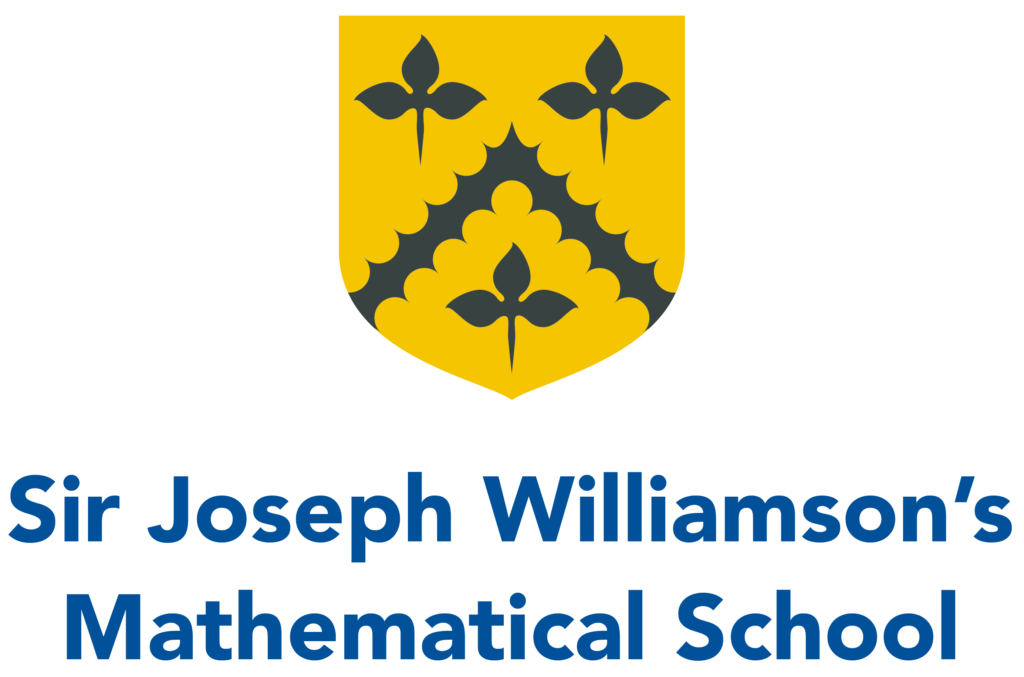Intent
Design and technology is an inspiring, rigorous and practical subject. Using creativity and imagination, pupils design and make products that solve real and relevant problems within a variety of contexts, considering their own and others’ needs, wants and values. They acquire a broad range of subject knowledge and draw on disciplines such as mathematics, science, engineering, computing and art. Students learn how to take risks, becoming resourceful, innovative, enterprising and capable citizens. Through the evaluation of past and present design and technology, they develop a critical understanding of its impact on daily life and the wider world. High-quality design and technology education makes an essential contribution to the creativity, culture, wealth and well-being of the nation.
It is the departments intent;
- To foster awareness, understanding and expertise in those areas of creative thinking which can be expressed and developed through investigation and research, planning, designing, making and evaluating, working with materials and tools.
- To encourage the acquisition of a body of knowledge applicable to solving practical / technological problems operating through processes of analysis, synthesis and realisation.
- To stimulate the development of a range of designing and making skills.
- To encourage students to relate their work to their personal interests and abilities. This should demand active and experimental learning based upon the use of materials in practical areas.
- To make the department inclusive to students who have SEN; written and practical work is broken down into sections, chunking, with a high level of student-teacher interaction due to low numbers of students in a workshop. Work is scaffolded to allow all to push themselves past their expectations and in practical work, to gain confidence in the task being undertaken and in social skills with their peers, students can be buddied up with work partners. The use of physical aids for certain practical tasks are utilised and the students with hearing and sight issues, including sensory overload, are addressed individually.
- To promote Literacy the department builds upon work throughout the key stages. A great deal of investigation is undertaken before designing can begin, with detailed analysing of the results found. Students specify in detail what they require of their solutions which are evaluated upon completion. Key words are an ongoing document that is built upon as they progress through the year groups, Answers, throughout the subject, are expanded upon with justification required for their reasoning, with command words fully understood before taking national qualifications.
- To promote the development of curiosity, enquiry, initiative, ingenuity, respect, reflection, determination and pride.
- To encourage technological awareness, foster attitudes of co-operation and social responsibility, and develop abilities to enhance the quality of the environment.
- To stimulate the exercising of valued judgements of an aesthetic, technical, economic and moral nature.
- Develop imaginative and original thought avoiding design fixation.
- Develop the power of creativity through the process of investigation, analysis, designing, making and evaluation, both as an individual and as a group member.
- Develop the use of new technologies whenever possible.
- Develop the art of constructive criticism and the skills of self and group assessment.
- Develop and encourage working individually and as a part of a group.
- Encourage a safe working practice within all areas of Technology.
- Develop their communication skills, including verbal, graphical and modelling skills, to help their thinking and ability to take action in the process of designing.
- Develop knowledge and understanding of materials and components; systems and control; and structures
- Develop pupils’ confidence to design, make, modify and improve products, artefacts, structures and systems for specific purposes.
- Develop student’s ability to disassemble and evaluative products and their applications
- Explore values about and attitudes to the made world and how we live, work and interact within it
- Nurture creativity and innovation through designing, making and evaluating
- Develop ICT and Key skills through Design Technology
- Develop an ability to choose and manage resources, materials and Techniques used.
- Develop pupil progression in Design Technology
- Encourage pupils to draw on knowledge and experiences from across the curriculum and from their own life in general
- Prepare for making a contribution to life and work in a technological society
- To enable students the ability and time to persevere with tasks which enable students to build their individual resilience.



